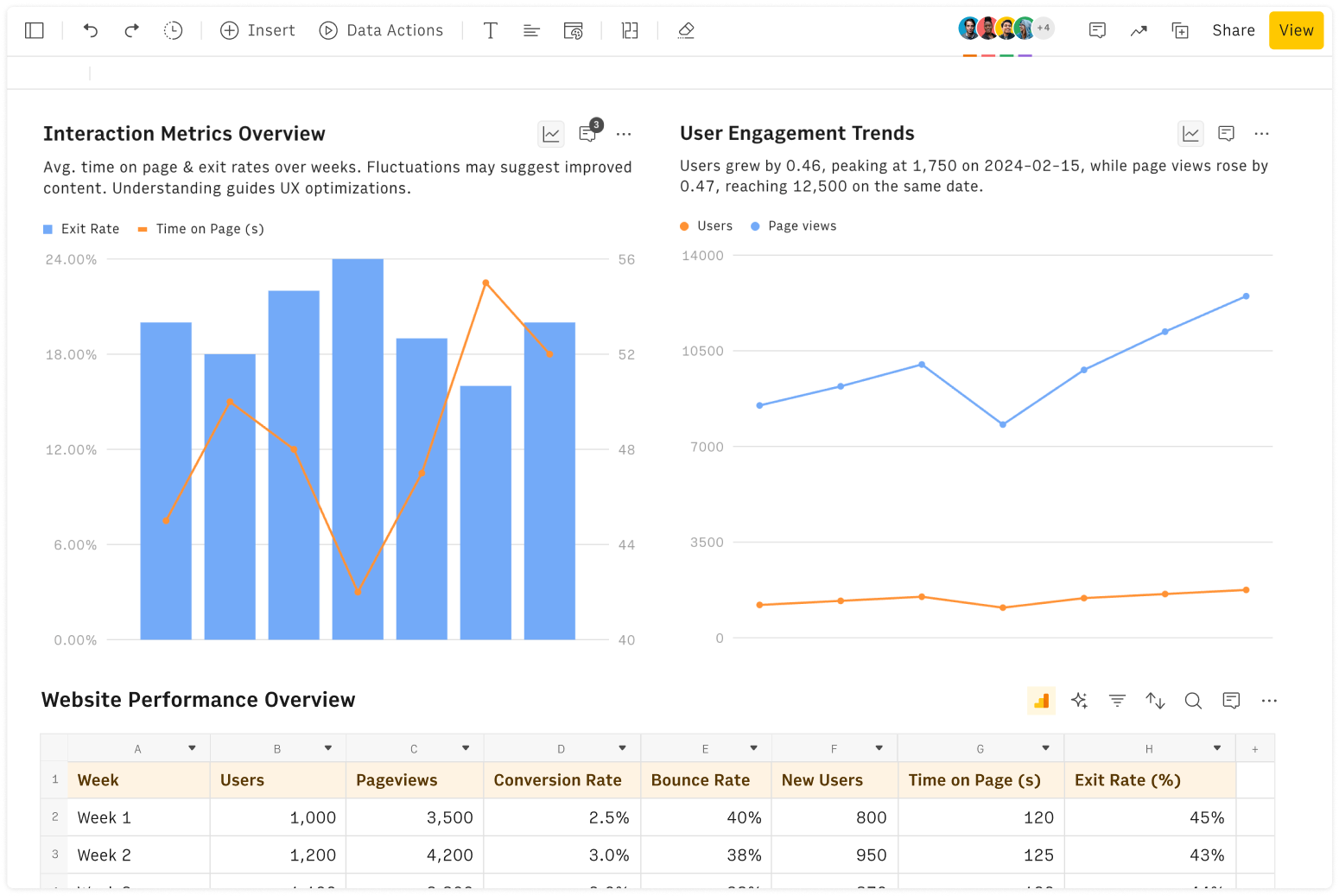What is a Carried Interest Calculator?
In the investment fund industry, carried interest represents a major component of fund manager compensation, being a key driver of performance.
Carried interest, often called "carry," is the share of an investment fund's profits that goes to the fund managers. It's a performance fee designed to align the interests of fund managers with their investors. Typically set at 20% of profits above a hurdle rate, carried interest is common in:
Private Equity funds
Venture Capital firms
Hedge Funds
How Our Carried Interest Calculator Works
To discover if your fund is going to distribute carried interest, all you need to do is to input these key variables:
Initial fund value
Final fund value
Hold period (years)
Hurdle rate (%)
Carried interest (%)
Our tool then calculates the Carry distribution as the Carried Interest multiplied by the increase of value of the fund in excess to the hurdle rate.
Understanding Fund Structure
To grasp carried interest, it's crucial to understand fund structure:
General Partners (GPs): The fund managers who make investment decisions.
Limited Partners (LPs): The investors who provide capital, often institutional investors.
Investment Managers: The team executing the investment strategy, often receiving carried interest.
This structure creates a partnership where everyone benefits from strong performance.
Market Context: How Funds Perform
Recent benchmarks (as of 2023):
Private Equity: 14.2% median 10-year return
Venture Capital: 16.5% median 10-year return
Hedge Funds: 7.8% average 10-year return
Remember, these are averages. Top-performing funds can significantly exceed these benchmarks, leading to substantial carried interest.
Legal and Tax Considerations
Carried interest tax treatment is a topic of ongoing debate. Currently taxed as long-term capital gains in many jurisdictions, it's subject to potential legislative changes. Always consult with legal and tax professionals for the most current information.Our Carried Interest Calculator is an essential tool for fund managers, investors, and anyone interested in the economics of investment funds. By providing clear, data-driven projections, it helps you navigate the complex world of fund management compensation. Whether you're structuring a new fund, considering an investment, or simply exploring the field, our calculator gives you the insights you need to make informed decisions.
FAQs
How to calculate your carried interest?
Calculate the fund's total profit
Subtract the hurdle rate return
Apply the carried interest percentage (typically 20%) to the excess return
Example: Fund size: $100M Return: 25% Hurdle rate: 8% Carried interest: 20%Calculation:
Total profit: $25M (25% of $100M)
Hurdle return: $8M (8% of $100M)
Excess return: $17M ($25M - $8M)
Carried interest: $3.4M (20% of $17M)
What does 20% carried interest mean?
A 20% carried interest means that fund managers receive 20% of the profits above the hurdle rate. It's the most common rate in the industry. For example, if a fund generates $100 million in profits above the hurdle rate, the managers would receive $20 million as carried interest.
Is carried interest worth it?
For fund managers:
Potentially very lucrative, especially for high-performing funds
Aligns compensation with fund performance
Currently enjoys favorable tax treatment in many jurisdictions
For investors:
Motivates managers to achieve strong returns
Can attract top talent to manage funds
May lead to higher overall returns despite the cost
The value depends on fund performance and individual perspectives. Our calculator can help you assess different scenarios.
What's a typical carried interest percentage?
While 20% is most common, it can range from 15-30%. Top-performing funds or those with strong track records may command higher percentages.
How does the hurdle rate affect carried interest?
The hurdle rate is the minimum return a fund must achieve before carried interest applies. A higher hurdle rate means managers must perform better to earn carried interest, potentially reducing their compensation but benefiting investors.
Is carried interest guaranteed?
No, it's entirely performance-based. If a fund doesn't exceed its hurdle rate, managers may receive no carried interest, emphasizing the importance of strong fund performance.



